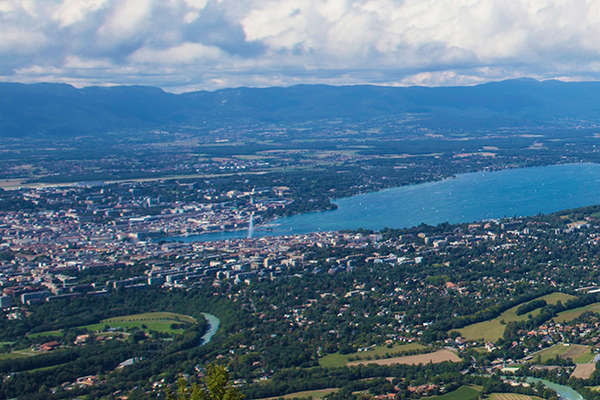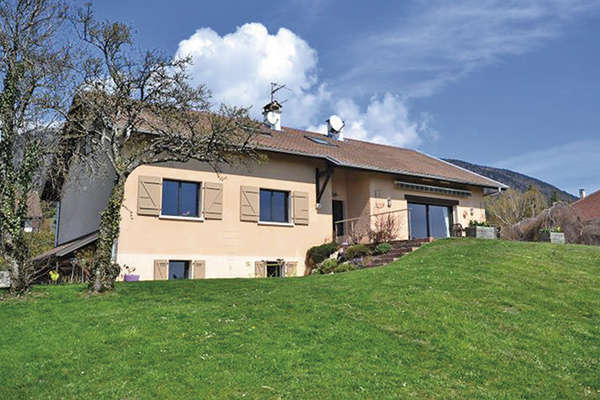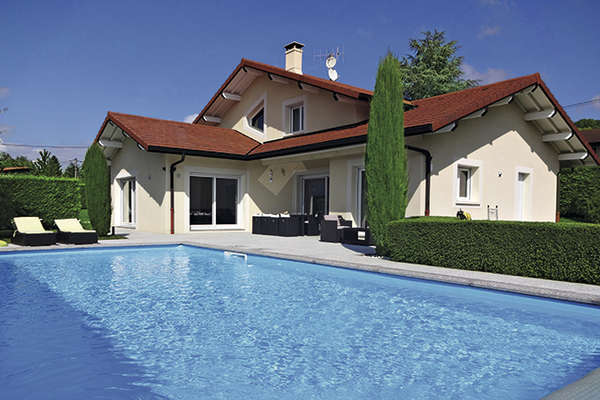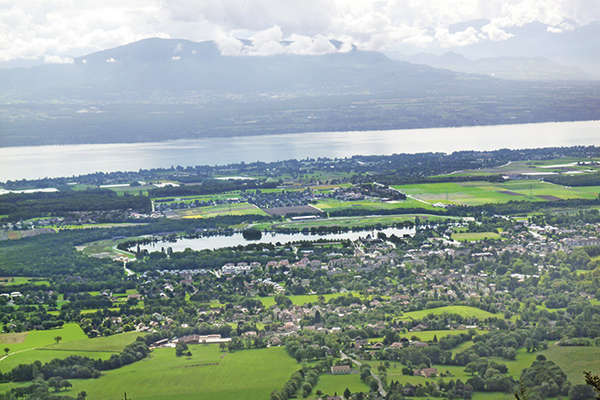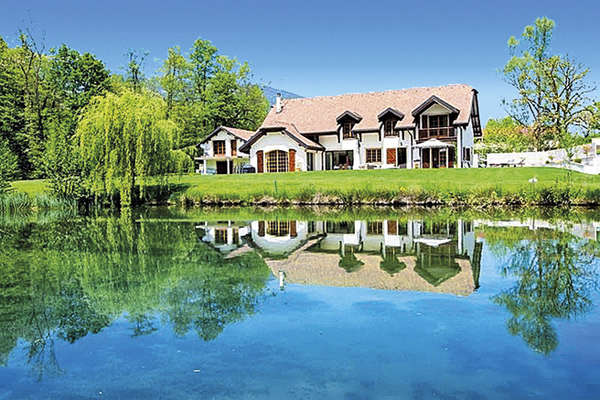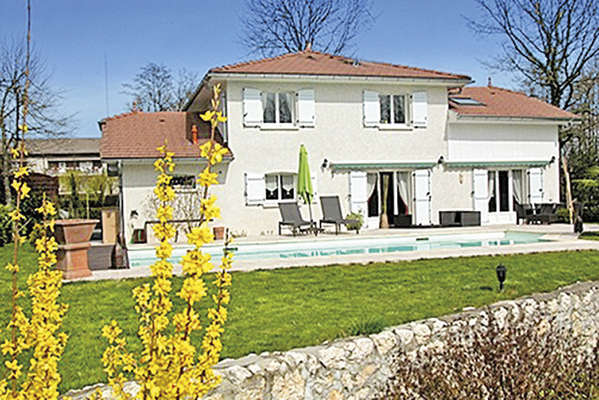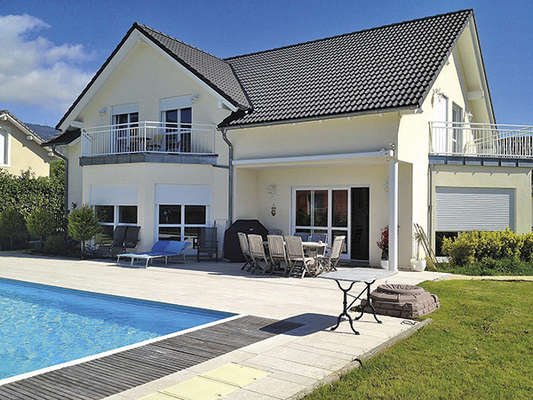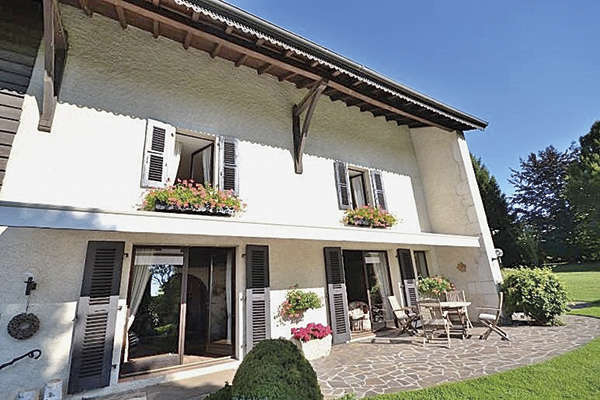Vannes and the Gulf of Morbihan
By Laetitia Rossi - 20 December 2010
This city built by the Romans was protected by fortifications in the Middle Ages. In the late 14th century, it became one of the favourite residences of the Dukes of Brittany. 15 km wide and 20 km long, the Gulf of Morbihan forms a real inland sea, dotted with rocks and little islands.
Home to 52,000 inhabitants, Vannes is laid out on three hills : Le Mené, which is “intra-muros”, Boismoreau, ie. the Saint-Patern neighbourhood, and La Garenne, which hosts the General Council, the Prefecture and several parks. Old half-timbered houses surround the cathedral in a charming maze of narrow streets. In the historic centre, one also discovers the “old stone town” built in the classical era. In the 19th century, the installation of two army regiments and the railway gave a boost to the local economy, on the decline since maritime activities had been cut back. The arrival of Michelin and expansion of agribusiness had the same effect in the 1960’s. Today, the administrative centre of Le Morbihan focuses on its tourist industry and cultural attractions. The gulf, which belongs to the club of the world’s most beautiful bays, covers 29,640 acres sheltered from the waves. If agriculture and oyster farming are still important, the entire region is developing its tourist facilities. Built in the 1980’s, Le Crouesty plays host, for example, to 1,500 boats and a thalassotherapy centre.
“Between 1990 and 1999, the population of Vannes increased by 13.4 %, while the agglomeration of 24 villages grew by 15.1 % over the same period, and by 16 % from 1999 to 2005. Observers predict a total figure of 165,000 residents by 2015,” introduces Jean-Philippe Beaulieu of Century 21 Beaulieu. At the same time, the size of households is shrinking to around 1.9 people, according to the INSEE, fostering the emergence of small and medium-sized apartments in new developments. Baby-boomers and Parisians wanting to retire to a pleasant environment form part of the general influx. The site attracts clients with high purchasing power, consumers of services with high added value. Its economic dynamism is undeniable : “Vannes, which is home to 6,500 students, is a breeding-ground for new technologies, a centre of nautical excellence and a logistics hub for the international transport of fresh produce. Michelin, Evialis, Yves Rocher and Avon have branches here. The administrative, medical and banking sectors are also well-represented. The main challenge lies in the pursuit of urban development while preserving the natural environment.” Demand mainly targets houses with 4 to 7 main rooms, close to all amenities and costing from 300,000 to 600,000 €, apartments with 2 to 4 main rooms, a terrace, garage and elevator, from 100,000 to 220,000 €, and building land in Vannes, on the first or second ring, priced from 80,000 to 150,000 €. Among his recent transactions, Jean-Philippe Beaulieu mentions a 6-bedroom house with a garden of 500 m2 near La Madeleine, sold for 365,000 €, a 4-bedroom house in grounds of 700 m2 over towards Beaupré-la-Lande, for 250,000 €, a 1-bedroom apartment of 50 m2 with a parking place for 114,000 €, a 3-bedroom apartment of 78 m2 extended by a private garden, for 222,000 €, and a building plot of 540 m2 in Baden, for the very enticing price of 84,000 €. “The market seems to have woken up in 2009 with the return of first-time buyers, capable of paying up to 250,000 €,” says Miguel Grau of AOD Immobilier. Armed with budgets ranging from 170,000 to 200,000 €, they can buy houses of 90 m2 to renovate in a 10-km radius around the Prefecture of Département 56, in Grand-Champ, Elven or Surzur. For 250,000 €, they can set their sights on a new 3-bedroom apartment or a villa of 100 m2 with a garden of 400 m2 on an estate, within walking distance of the centre of Vannes. Drawn by the quality life-style, buyers from the region around Paris and a few from Nantes or Rennes are investing from 500,000 to 900,000 € in homes of 200 m2 in good condition, benefitting from a garden and preferably in the historic centre. A sea view is a luxury, raising the price by about 30 %. The middle and high ends of the property market seem to be making a comeback. But everyone’s eyes are turned towards Paris : when the capital is doing well, the provinces follow suit, especially if they are only 3 hours away, thanks to the TGV train.
“The Gulf is lively all year round. Its intimate little beaches never suffer from overcrowding. Nature is still well-preserved. And a project for a Regional Nature Park is being considered,” add Chantal and Didier Emereau of L’Immobilier Mer et Campagne. The Gulf of Morbihan in fact has as many micro-markets as it has villages. One should also distinguish between the marshy Vannes-Noyalo strip and the highly-prized west, as far as Baden. Arradon, the chic suburb of the main town, is undoubtedly one of the most sought-after communes in southern Brittany, together with Baden and Carnac, on the bay of Quiberon. Popular among wealthy industrialists and big names in mass distribution, Arradon meets the needs of those in search of peace and privacy. 60 % of current buyers in the Gulf are looking for year-round homes, more in Vannes or Arradon, less in Larmor-Baden or Le Bono. Large properties, a commodity that can reach 5 million euros, also have their fans. The 250,000-300,000 € bracket is the most active, despite the lack of availability. From 450,000 to 700,000 €, old stones are finding it hard to regain the momentum and lead-time they enjoyed prior to the crunch. Finally, estate-agents regret the current shortage of new apartments in luxury residences. In fact, many people, about to sell their houses at around one million euros, would be more than willing to invest half of the proceeds in a home of 100-130 m2 in Vannes, on condition that they find a sound property with quality appointments.
